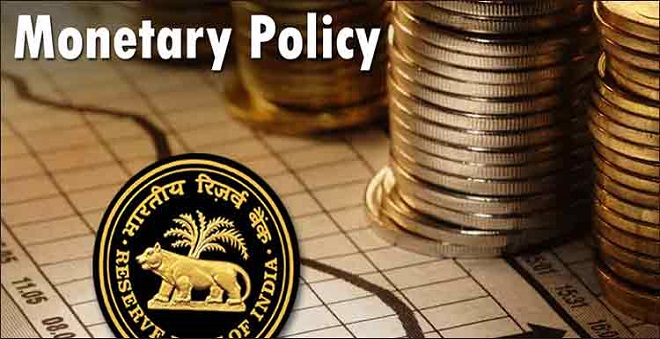The Monetary Policy Committee of the Reserve Bank of India has kept the key interest rates unchanged and predicted 10.5 percent GDP growth rate for Financial Year 2021-22. Announcing the first by-monthly monetary policy statement for the Financial Year 2021-22, RBI governor Shaktikanta Das said the MPC unanimously voted to maintain the repo rate at 4 percent and reverse repo rate at 3.35 percent. RBI will continue its ‘accommodative policy as long as necessary’ in the light of the rising COVID-19 cases.
The central bank projected the inflation rate to remain at 5.2 percent in the first half of the current fiscal. In a move to endorse the non-banking financial institutions including the payments banks and mobile wallets, the apex monetary policy body, rolled out significant policy changes.
Here are the key announcements
Government bonds
Governor Das said the secondary market G-Sec acquisition program for Rs 1 lakh crore will be put in place for Q1 of FY22, where the first purchase of Rs 25,000 crore will be done on April 15 under G-SAP.
End of day balance for payments banks
The maximum end of day balance has been increased from Rs 1 lakh to Rs 2 lakh per individual customer for the payments banks with immediate effect. The current limit on the maximum end of day balance of Rs 1 lakh per individual customer has been increased to Rs 2 lakh with immediate effect.
Mobile wallet limits hiked
To incentivise the prepaid instruments to full-KYC, RBI proposed to increase the limit of the outstanding balance in such PPIs from the current level of Rs 1 lakh to Rs 2 lakh. The central bank also allowed inter-portability between wallets and the facility of cash withdrawal, subject to a limit, for full-KYC PPIs of non-bank PPI users.
RTGS and NEFT facilities extended to non-banking operators
So far RTGS and NEFT facilities were applicable to banks. Now even Prepaid Payment Instrument (PPI) issuers, card networks, White label ATM operators and Trade Receivables Discounting System (TReDS) can use RTGS and NEFT. This facility is expected to minimise settlement risk in the financial system and enhance the reach of digital financial services to all user segments.
Source & Courtesy: CNBC TV18
 +91 98410 48022
+91 98410 48022 +91 99624 70636
+91 99624 70636



